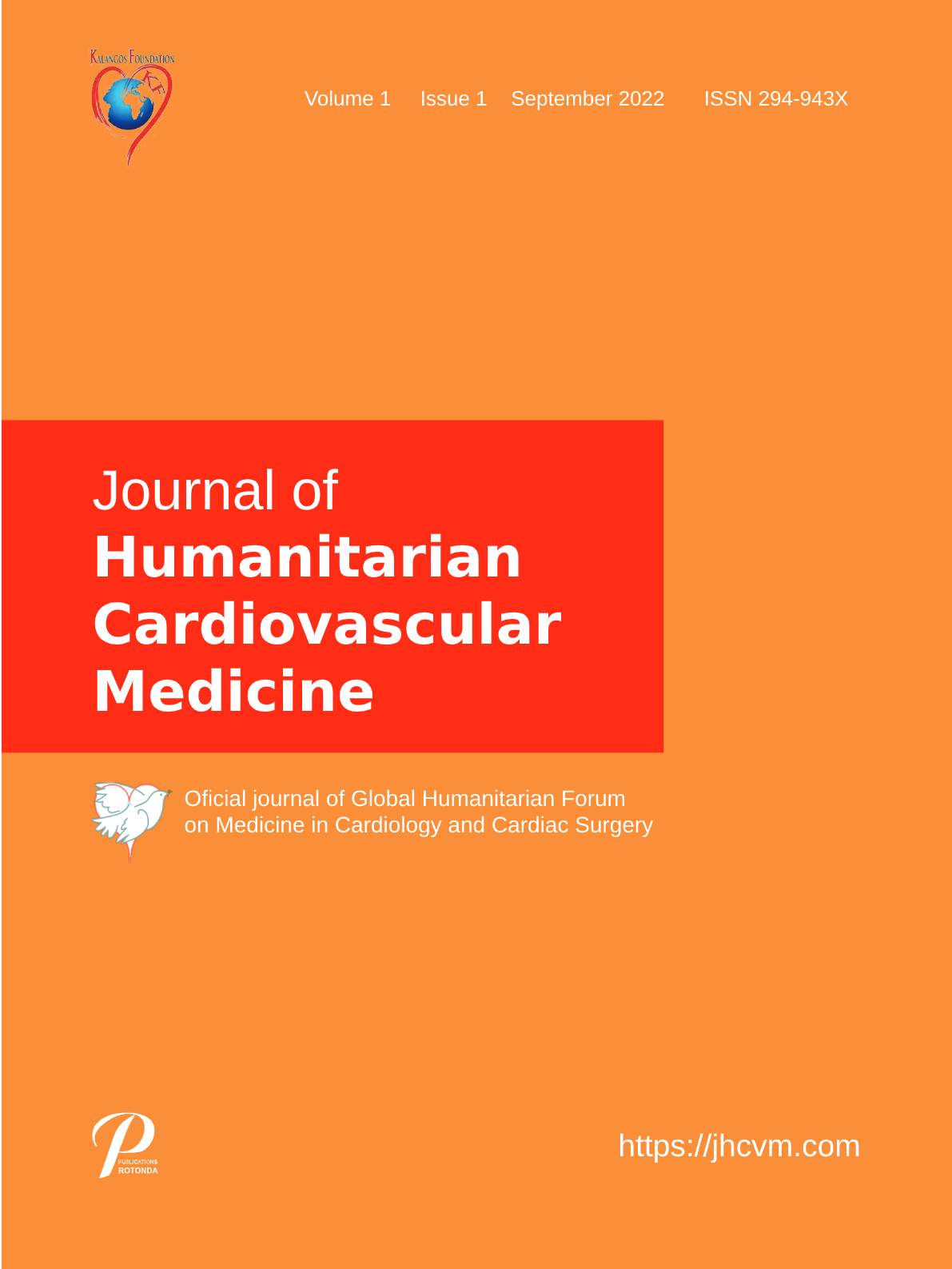Prevalence of Critical Congenital Heart Disease During Surgical Mission Trips to Low-Middle Income Countries. What to Expect

Abstract
Background
The incidence of congenital heart disease (CHD) is about 8 per 1000 live births. About 20% of those patients diagnosed with CHD will present early after birth with Critical Congenital Heart Disease (CCHD) necessitating a catheter or surgical intervention during the neonatal period. This is based on Western literature and Western countries. Little is known about the actual prevalence of CCHD at the time of clinical assessment and treatment during surgical missions in low and middle income countries (LMICs).
Methods
This is a retrospective study and it compares prevalence of CCHD at time of presentation for surgery in LMICs
to published data for similar cohorts in the USA. We discuss potential causes for epidemiological discrepancies
Proportions were compared using OR and 95% CI. Significance was set at p<0.01. We chose to classify our patients considering the number of ventricles (1or 2) combined with the existence of Aortic Arch obstruction (Yes/No) resulting in a CCHD classification with 4 categories
Results
Between Feb 2008 - June 2019 we operated 6115 patients in 27 countries. Of those, 243 Neonates were presented to our cardiologists
after excluding simple PDA ligations in Preterm newborns and 239 neonates were surgically treated for their CCHD
(4% of the total). overall surgical mortality among the 243 neonates operated in LMIC for their CCHD was 19.7% (n=48). Main discrepancies were in Classes 1 represented by 63% of our treated CCHD (p<.0001) while Class 4 neonates represented only 4.2% of our total (p<.0001). When compared to Western prevalence, Transposition of the Great Arteries was over-represented while some cyanotic (ToF) and non-cyanotic diagnosis (Critical Aortic Stenosis) were under-represented.
Conclusions
Patients diagnosed and treated for CCHD in LMICs during humanitarian missions represent but a very small fraction of the total number of patients born with CCHD in those countries.
Discrepancies in specific diagnoses and prevalence between LMIC and their high-income counterparts are likely multifactorial, and management should be adapted to the conditions of each country and health system.
Proper prenatal diagnosis, specialized critical neonatal transportation systems, countrywide availability of Prostaglandins and at least one highly functioning heart center are some of the most basic needs required in order to revert the current natural history of CCHD in countries with limited resources settings.
Article Details
- How to Cite
-
Cardarelli, M., Polivenok, I., Chadikovski, V., Aboodi, A., Mindel, A., Koroson, E., Goobha, N., & Novick, W. (2022). Prevalence of Critical Congenital Heart Disease During Surgical Mission Trips to Low-Middle Income Countries. What to Expect. Journal of Humanitarian Cardiovascular Medicine, 1(1). https://doi.org/10.12681/jhcvm.30111
- Section
- Articles
- Categories

This work is licensed under a Creative Commons Attribution-NonCommercial-ShareAlike 4.0 International License.
This work is licensed under a [Creative Commons Attribution-NonCommercial-ShareAlike 4.0 International License|https://creativecommons.org/licenses/by-nc-sa/4.0/]. Authors who publish with this journal agree to the following terms: # Authors retain copyright and grant the journal right of first publication with the work simultaneously licensed under a CC-BY-NC-SA that allows others to share the work with an acknowledgement of the work's authorship and initial publication in this journal. # Authors are able to enter into separate, additional contractual arrangements for the non-exclusive distribution of the journal's published version of the work (e.g. post it to an institutional repository or publish it in a book), with an acknowledgement of its initial publication in this journal. # Authors are permitted and encouraged to post their work online (preferably in institutional repositories or on their website) prior to and during the submission process, as it can lead to productive exchanges, as well as earlier and greater citation of published work (See [The Effect of Open Access|http://opcit.eprints.org/oacitation-biblio.html]).


